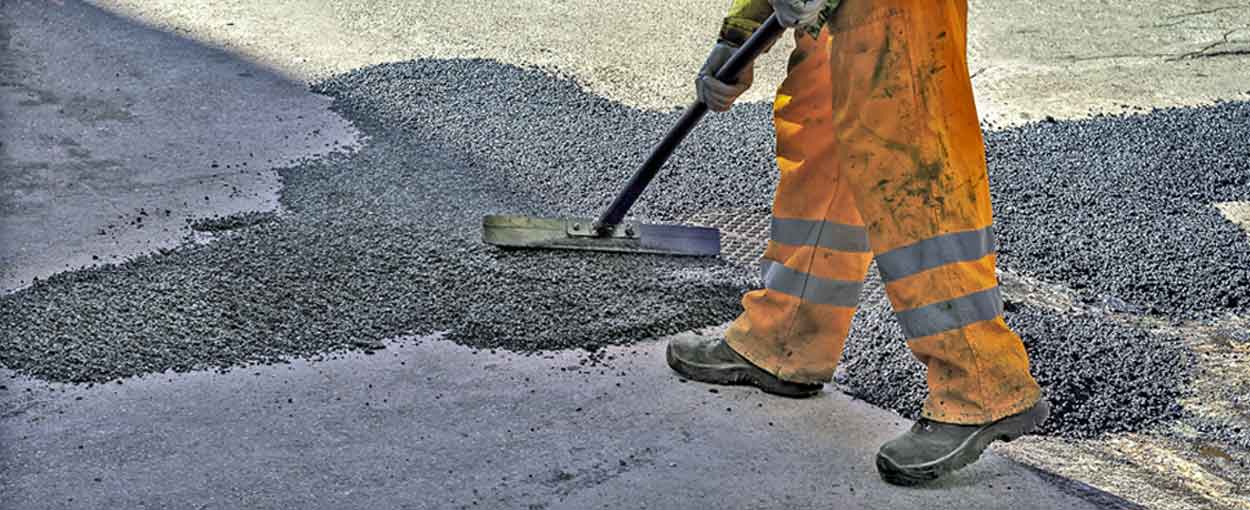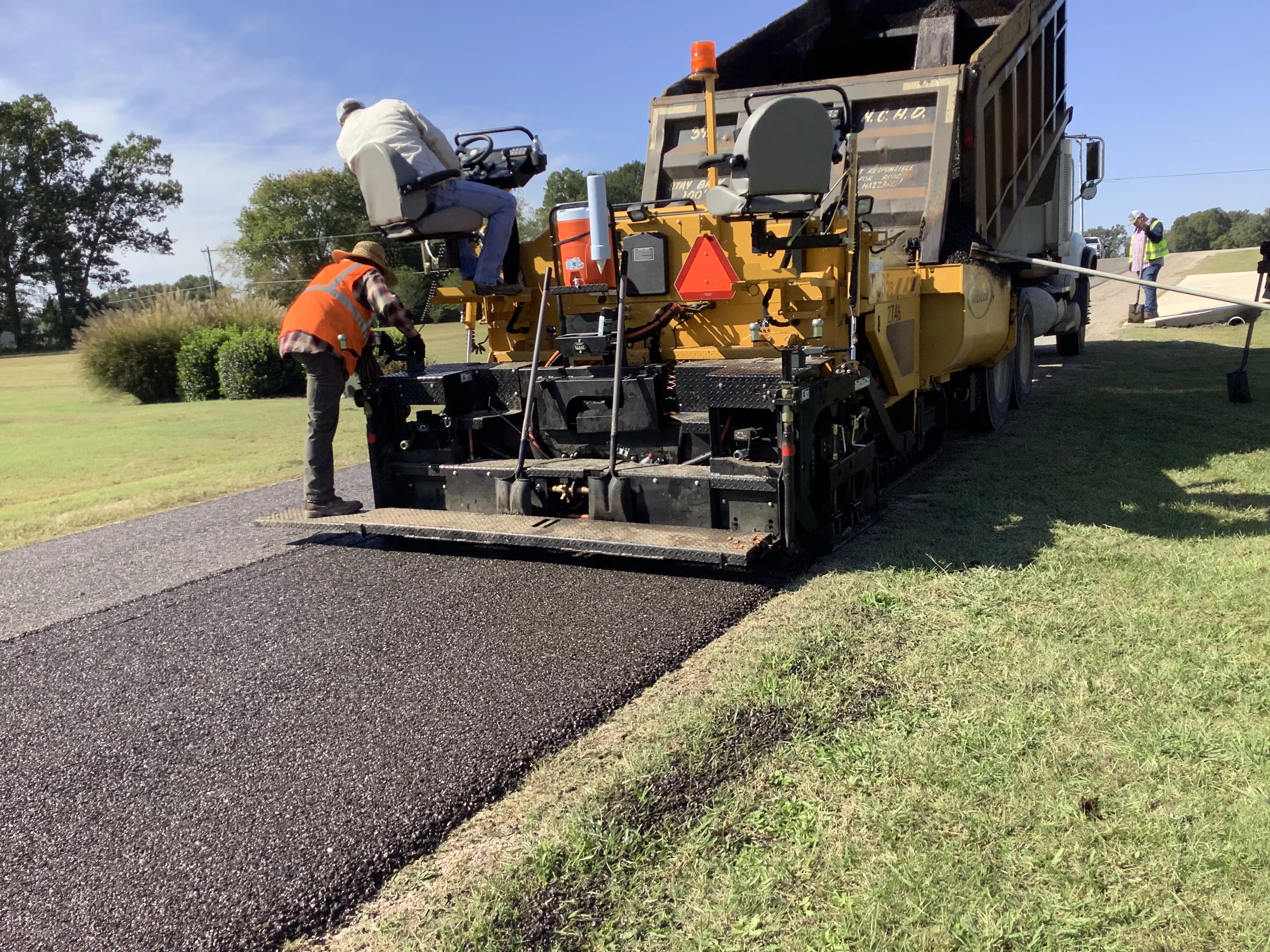The Scientific Research Behind Cold Mix Asphalt: A Breakdown of Its Elements
Cold mix asphalt is a complex composite material made up of numerous components, each meticulously chosen to serve a particular function in the overall performance of the mixture. From the binding buildings of bitumen emulsion to the structural toughness offered by accumulations, every component contributes to the sturdiness and long life of the asphalt. Ingredients additionally improve its residential properties, making the science behind cold mix asphalt a fascinating subject that loses light on the intricate equilibrium required for ideal efficiency. Comprehending these elements is key to opening the complete potential of this functional leading material.
Cold Mix Asphalt Structure

Cold mix asphalt composition varies relying on the particular application and preferred residential properties. Commonly, it includes bitumen solution, aggregates, water, and additives. Asphalt solution plays an essential function in cool mix asphalt, serving as the binder that holds the blend with each other. This solution is a dispersion of asphalt in water, permitting much easier application at reduced temperature levels contrasted to warm mix asphalt.
The accumulations utilized in cool mix asphalt differ in size and rank based on the desired qualities of the final mix. They offer the architectural strength and stability to the asphalt blend. Coarser accumulations boost the mix's resistance to deformation, while finer aggregates enhance the general workability and compactability.
Water is an additional important component in cool mix asphalt, helping in the emulsification procedure and permitting appropriate finish of the accumulations. Additives such as anti-stripping representatives or fibers might likewise be included to enhance the mix's resilience and efficiency in specific conditions. asphalt patch repair. The careful balance of these components is important in formulating a high-quality cold mix asphalt product
Aggregates in Cold Mix Asphalt
Consisting of a critical element of cold mix asphalt, aggregates work as the foundational part that supplies structural honesty and assistance to the asphalt mix. Aggregates are granular products such as sand, crushed rock, crushed rock, or recycled concrete that are combined with asphalt to create chilly mix asphalt. These materials play a crucial function in establishing the total performance and longevity of the asphalt combination. Accumulations are selected based upon their particle size, shape, and high quality to ensure appropriate interlocking and distribution within the asphalt matrix.
In cold mix asphalt, accumulations function as a skeleton that sustains the asphalt and other additives, assisting to distribute lots and give security to the pavement. The dimension and gradation of aggregates influence the toughness and resistance of the asphalt mixture to numerous anxieties, consisting of website traffic loads and environmental factors. Correctly selected click reference and well-graded aggregates contribute to the longevity and efficiency of cold mix asphalt pavements by improving their resistance to rutting, splitting, and wetness damages.
Asphalt and Its Function
Accumulations create the structural foundation of cool mix asphalt, with asphalt playing a crucial role in boosting the cohesion and toughness of the asphalt combination. Asphalt, a sticky, black, and extremely viscous fluid or semi-solid type of petroleum, serves as the binder that holds the aggregates with each other. Its sticky residential properties permit bitumen to effectively layer and bond with the surface of the accumulations, creating a cohesive combination that can withstand differing climate condition and traffic loads.
Bitumen contributes substantially to the versatility and water resistance of cool mix asphalt. By creating a waterproof layer, bitumen aids prevent water intrusion right into the pavement structure, decreasing the danger of damages created by cold and thawing cycles. Furthermore, bitumen boosts the fatigue original site resistance of the asphalt mix, boosting its longevity and longevity.
Additives for Boosted Performance
Exactly how can additives add to improving the performance of cool mix asphalt? Ingredients play an essential function in improving the general high quality and performance of chilly mix asphalt. These specialized parts are very carefully chosen and included in the mix to improve numerous residential properties such as workability, longevity, and resistance to environmental elements.

Another important additive is fibers, which are typically used to boost the tensile strength and toughness of cold mix asphalt. Fibers assist avoid fracture breeding and enhance the overall architectural stability of the pavement.
Additionally, additives like anti-stripping representatives are used to enhance the bond between the asphalt binder and accumulation bits, lowering the risk of Check This Out moisture damage. By carefully selecting and including additives, designers can customize the cold mix asphalt to fulfill certain efficiency requirements and make sure long-lasting sidewalk performance.
Water and Its Effects
Water plays a significant function in the efficiency and resilience of cool mix asphalt pavements, affecting numerous key elements of its structural integrity and long life. When water infiltrates the pavement via splits or surface blemishes, it can bring about a variety of detrimental effects. Among the key concerns is the disintegration of the asphalt-aggregate bond, weakening the pavement's total toughness. Additionally, water penetration can lead to the stripping of asphalt from the aggregate bits, decreasing the pavement's resistance to traffic loads and environmental anxieties.
Icing up and defrosting cycles can aggravate these issues by creating the trapped water within the sidewalk to increase and contract, additional endangering its architectural security. The visibility of water can likewise help with the growth of plant life within the pavement, resulting in additional damages and degeneration with time. To alleviate these results, correct drain systems and regular upkeep techniques are important to guarantee the long-term efficiency of cool mix asphalt sidewalks in numerous environmental problems.
Conclusion
Finally, the parts of cool mix asphalt, consisting of aggregates, bitumen, additives, and water, play a vital duty in identifying the performance and resilience of the mix - asphalt repair. Comprehending the science behind these elements is important for producing a top quality cold mix asphalt that can hold up against ecological factors and give durable structural strength. By very carefully selecting and proportioning these parts, designers can ensure the effective application of chilly mix asphalt in different building and construction jobs